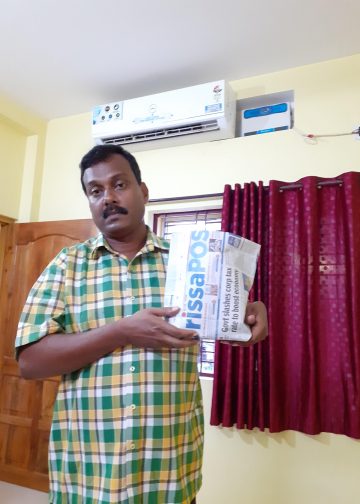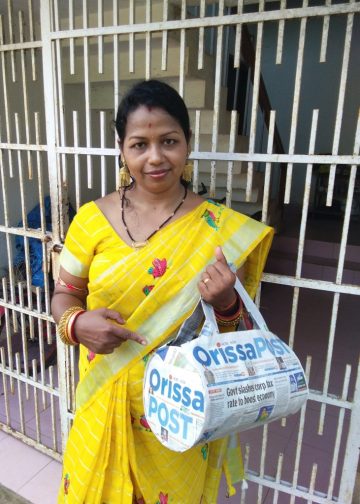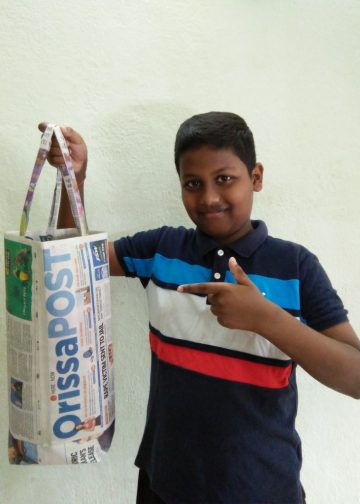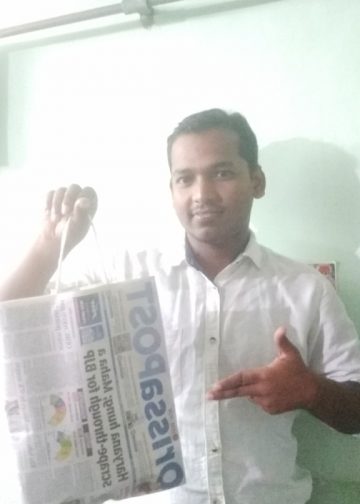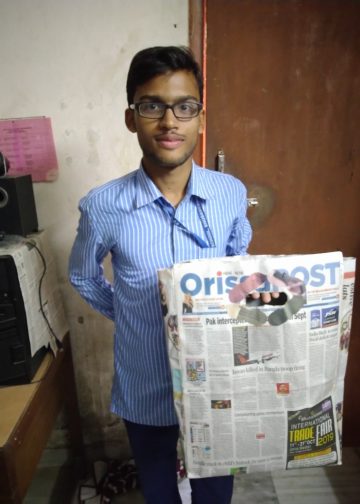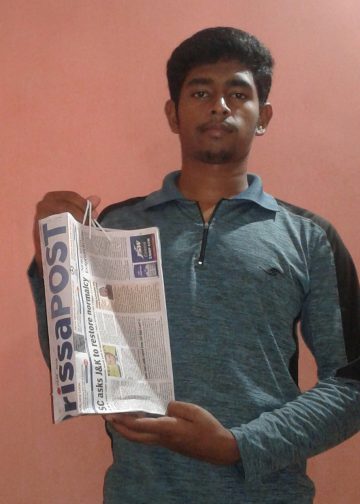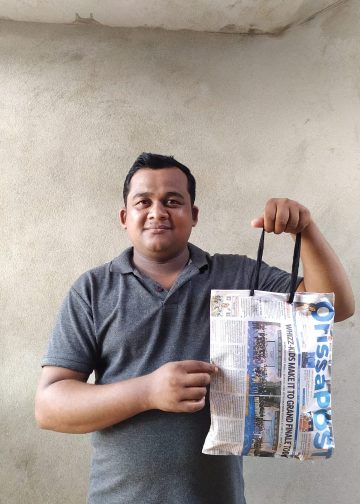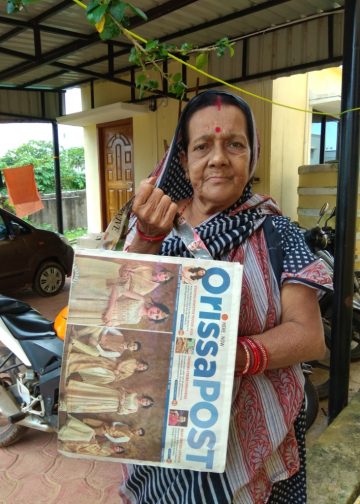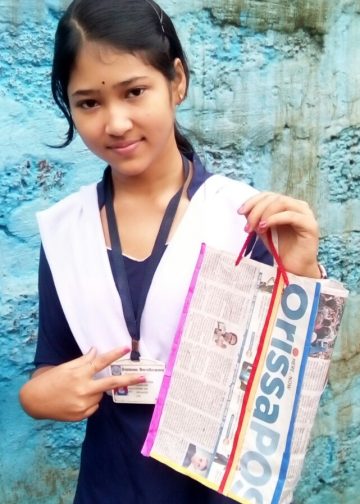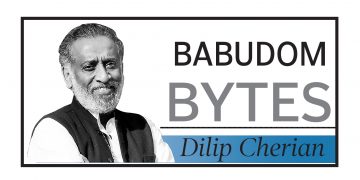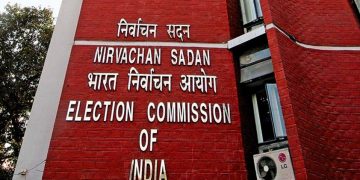IN JEST THIS Melvin Durai
Just imagine this headline: “Two Drones Crash Over Lucknow; Mob Enjoys Pepper Powder Pizza.”
==
TEXT
India is the biggest importer of unmanned aerial vehicles or drones, according to a report at IndiaSpend.com. These drones, imported almost entirely from Israel, are used for reconnaissance, surveillance and intelligence-gathering, activities that are essential for the military as well as parents of prospective brides.
Father of prospective bride: “Do you have the drone report?”
Private investigator: “Yes, I do. Our drone followed the prospective groom around for five days.”
Father: “And what did you find?”
Investigator: “He’s lying about his age.”
Father: “How do you know?”
Investigator: “He has a bald spot. You can see it from above. Just look at these aerial photos.”
Father: “What else did you find?”
Investigator: “He’s prone to violence, but believes in God.”
Father: “How do you know?”
Investigator: “He threw a stone at our drone and shouted, ‘For God’s sake, stop following me!”
The military’s intelligence-gathering is just as sophisticated as this. The military uses drones to gather intelligence on other countries, as well as hostile groups such as the Taliban. Drones offer three main advantages for this type of work: (1) they are unmanned, so there is no risk of a pilot being taken hostage; (2) they are small enough to enter enemy territory without being spotted;(3) even if they’re spotted, they often produce a harmless response such as, “Hey Faisal, look at that big mosquito. If we catch it, we can be in Guinness World Records.”
Drones are also useful during disasters. In the 2013 Uttarakhand floods, for example, drones were used to spot survivors and assess damage. After the Nepal earthquake, drones were used to give aerial views of the disaster area, allowing rescuers to understand the scale of devastation and cable news anchors to drone on and on about it.
Police in Lucknow plan to use drones to disperse unruly mobs. “We have purchased five drone cameras with capacity of lifting a two-kg weight. They can be used to shower pepper powder on an unruly mob in case of any trouble,” senior superintendent of police Yashasvi Yadav told Press Trust of India. The main advantage of using drones for this purpose is obvious: the drones can be guided by police from afar, keeping them out of harm’s way. Lucknow police have a new slogan: “Bruises are for losers.”
Drones can also be used for deliveries. Just last year, a Mumbai restaurant used a drone to deliver a pizza. Before long, all sorts of deliveries will be made by drone. Just imagine these headlines in your favourite newspaper: “Bookstore Delivers Books by Drone,” “Appliance Store Delivers Refrigerator by Drone,” and “Doctor Delivers Baby by Drone.”
The latter may seem unlikely, but with today’s technology, almost anything is possible. A doctor can send a drone to a remote village and use video technology to assist a mother in childbirth. The drone would hover over the bed, and if the baby is a girl, the drone would grab her and transport her to a safe location. The girl would eventually be returned to her family, but only if her parents beg for her release and promise to treat her as well as a boy baby.
Drones may soon change our world dramatically. Just a century ago, people couldn’t imagine a world with thousands of airplanes crisscrossing the sky. It’s just as hard for us to envision a world with thousands of drones buzzing above us. Just imagine this headline: “Two Drones Crash Over Lucknow; Mob Enjoys Pepper Powder Pizza.”







